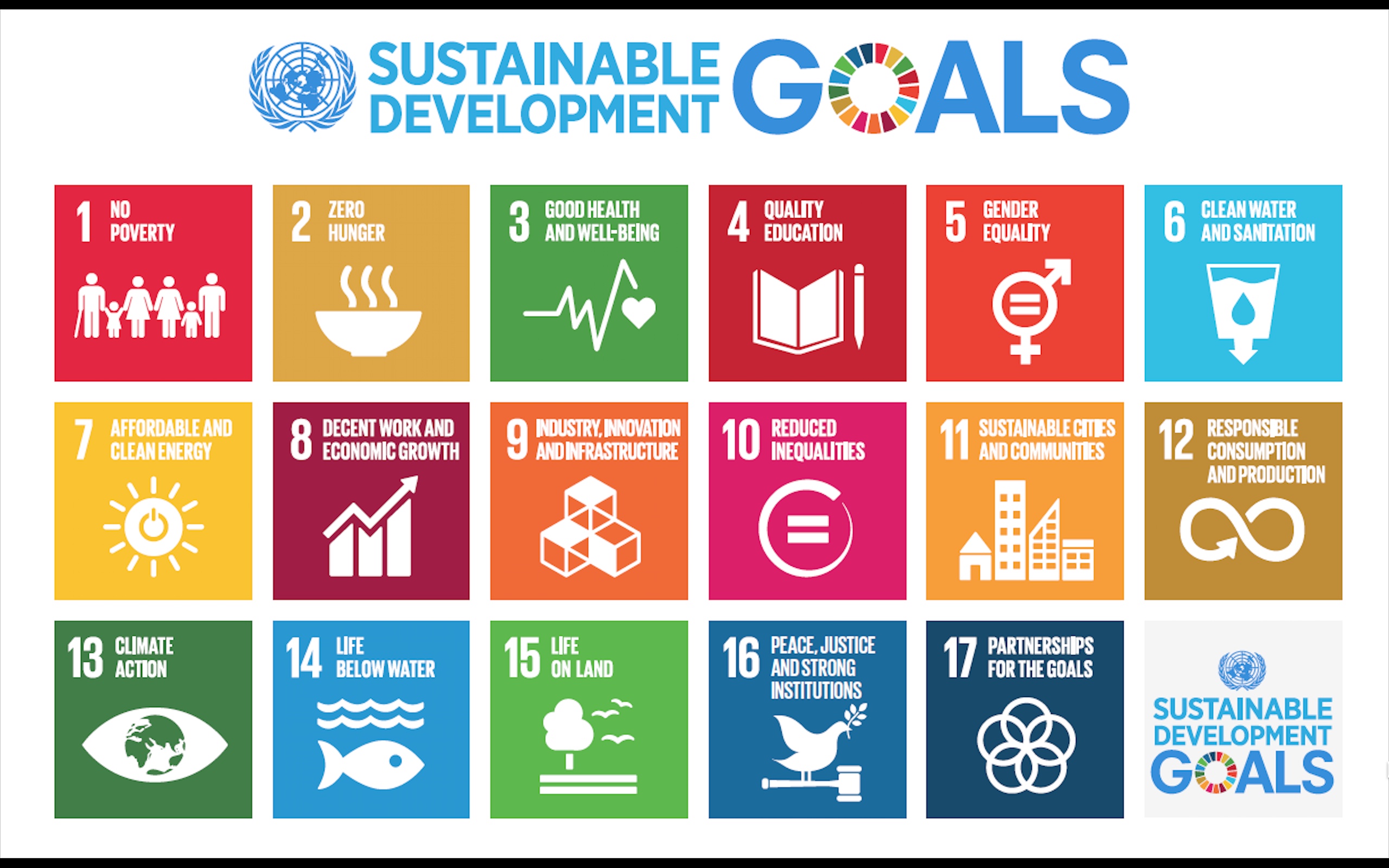We have all been protected by bubble wrap at some point, shielding us from any harm or bad news. There were no holes, no entry allowed for negativity. At the time, everything in our world seemed happy. We did not have worries and our surroundings simply irradiated warmth and light. However, when the bubble wrap fell off, the world we thought we were living in, suddenly became a fantasy.
I first saw the world for what it was, for what we had done with it when I turned sixteen. Visiting Haiti after the earthquake, living another reality blew me off in ways I cannot describe, but it also helped me grow into the person I am today. Witnessing people’s suffering, fighting to survive just another day, begging for help… It was heartbreaking. It’s one thing watching what happened in the news, and a completely different thing to actually be there and witness it all. It helped me become someone who worries about the world’s condition and the impact every action we take has on it. It was a reality check – I absolutely needed to fight for those who couldn’t.
Nevertheless, my trip to Haiti was simply the cone of the ice-cream, the start of an inner journey to become a better citizen. As if looking for it, I found myself being part of AIESEC in my country during my first year of college. I had been searching for a place where I could invest my time and help in any way that was needed. There, I was served with my first scoop of rocky road ice-cream: The SDGs.
The SDGs what? (I know, that was my reaction too).
The Sustainable Development Goals (SDGs) were built on the Millennium Development Goals (MDGs). These eight goals, set by the United Nations back in 2000 to eradicate poverty, hunger, illiteracy, and disease, expire at the end of 2015. Even though the MDGs were concrete, specific and measurable, and helped establish some priority areas of focus in international development, there was also one of their biggest criticisms: by being so targeted, they had left out other, equally important, areas.

In developing the SDGs – a multi-year process involving civil society, governments, the private sector and academia – the United Nations sought to take all these failings into account. So how, then, were these new goals reached and what do they look like?
In response, the SDGs set out to tackle a whole range of issues, from gender inequality to climate change. The unifying thread throughout the 17 goals and their 169 targets is the commitment to ending poverty: “Eradicating poverty in all its forms and dimensions, including extreme poverty, is the greatest global challenge and an indispensable requirement for sustainable development,” notes the agenda’s preamble.
Our deadline to accomplish the 17 goals is in 2030, which means we still have 13 years to change the world’s future. When I found out about these goals in late 2015, I fell in love with them. I fell in love with the way people had come together to protect our world, to protect our people and stand by them. However, I felt utterly outraged when I went full-force in 2016 to college to talk about them and not even my fifty-year-old professor knew what I was talking about. The SDGs are a roadmap to the future we all long for. Right now, many things in the world are messy and unfair, but they don’t have to be. We can change that as long as we do something about it. The intention is not enough. We must ACT.
At the present moment, I am still wondering, how can I make these goals relevant in my country? What can I do to bring people together to contribute to its accomplishment? Why people don’t feel the need to raise their voice and share what they know? Why aren’t we all learning about this agenda too?
It’s amazing the impact we could be making if everyone knew about the Sustainable Development Goals, it would be life-changing for youth to accomplish them. It’s our duty to change the things we do not like because if we don’t do it now, no one will. As the youth, we are the leaders of the world despite what older generations think, so it’s our responsibility to take action and contribute to the SDGs. Let’s not leave it up to the government, let’s get our hands dirty and work for the world we want to live in.
The old saying goes like this, “Ignorance is bliss.” Well, I say, “Knowledge is power!” Here we share with you something that will help you become the agent of change the world is asking for!
We have the power in our hands, what are we going to do with it?
49
Leave a Reply